Can Lopressor Be Crushed? A Comprehensive Guide to Metoprolol Oral Route Proper Use
Can metoprolol be crushed? Discover the differences between metoprolol succinate and metoprolol tartrate, and learn which form can be safely crushed. Explore the proper use and administration of metoprolol oral medications.
Metoprolol: Immediate-Release vs. Extended-Release Formulations
Metoprolol, a widely prescribed beta-blocker, is available in two different formulations: metoprolol tartrate and metoprolol succinate. The key distinction between these two forms lies in their release mechanisms.
Metoprolol tartrate is an immediate-release version of the drug, while metoprolol succinate is the extended-release formulation. This difference in drug delivery has significant implications for how the medications should be handled and administered.
Can You Crush Metoprolol Tartrate?
Yes, metoprolol tartrate (the generic version of Lopressor) can be safely crushed. Crushing the tablet will not alter the way the medication works, as it is an immediate-release formulation.
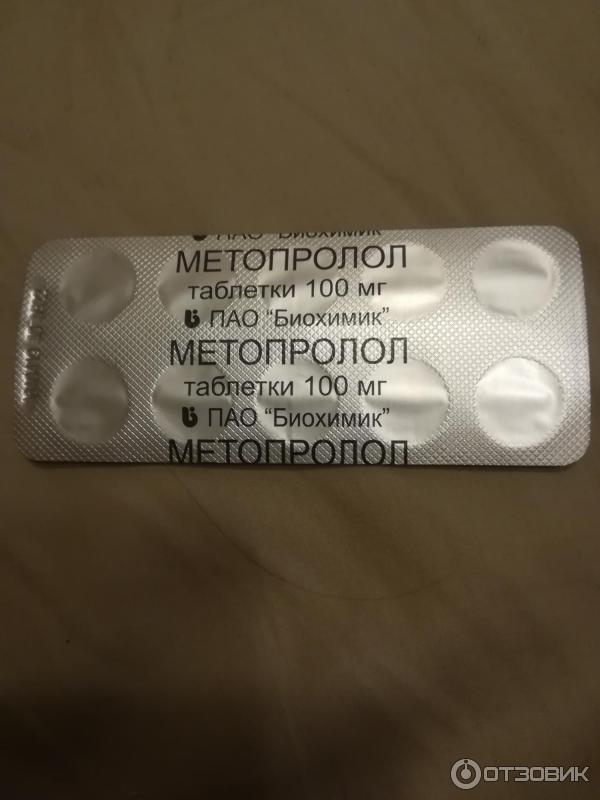
Crushing metoprolol tartrate can be particularly useful for patients who have difficulty swallowing whole tablets, such as those with enteral feeding tubes or dysphagia. By crushing the tablet, the medication can be more easily administered and absorbed.
Can You Crush Metoprolol Succinate?
No, metoprolol succinate (the generic version of Toprol XL) should not be crushed. This medication is an extended-release formulation, and crushing the tablet would destroy the controlled-release mechanism, causing all the medication to be released at once.
Crushing metoprolol succinate could lead to an unintended spike in drug levels, potentially causing adverse effects or overdose. It is important to administer this medication as intended to maintain the desired therapeutic effect and safety profile.
Splitting Metoprolol Succinate Tablets
Although metoprolol succinate cannot be crushed, it can be split. This is because the tablet contains a number of small, controlled-release pellets that are evenly distributed throughout the tablet. Splitting the tablet will not disrupt the release mechanism, as each pellet acts as its own delivery system.
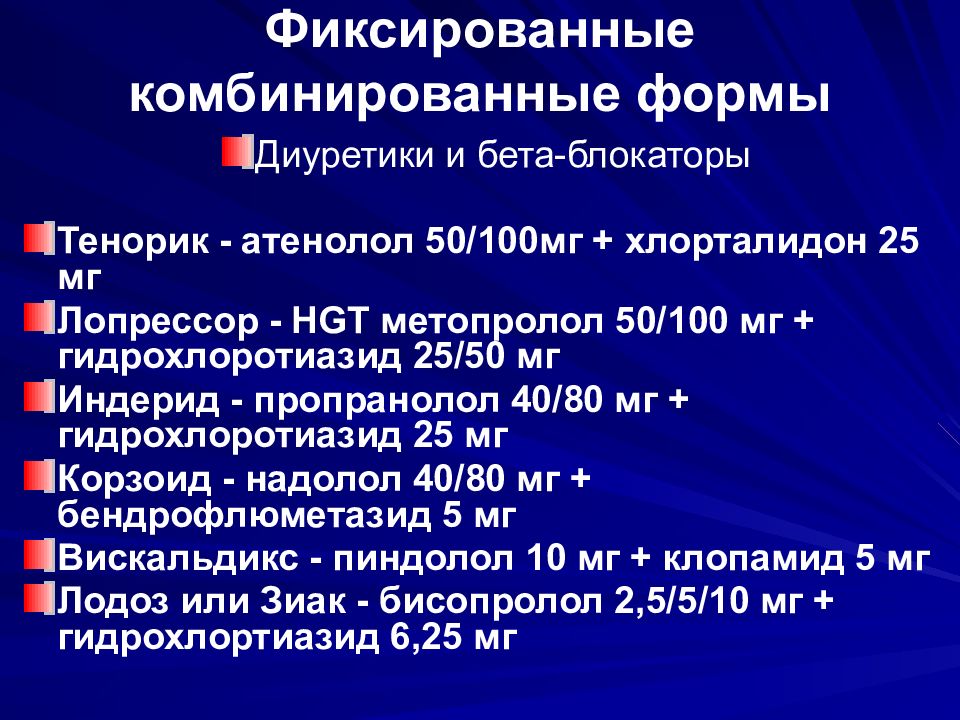
Splitting metoprolol succinate tablets can be a useful option for patients who require a specific dosage that is not available in a pre-manufactured tablet size. However, it is important to ensure that the split tablets are administered as directed by the healthcare provider.
Proper Administration of Metoprolol Oral Medications
When administering metoprolol, it is essential to follow the specific instructions provided by the healthcare provider or pharmacist. This includes guidance on whether the medication should be taken with or without food, the timing of the doses, and any special considerations for patients with certain medical conditions or taking other medications.
For patients with enteral feeding tubes or other swallowing difficulties, it is important to consult with a healthcare professional or pharmacist to determine the best method of administration, as the formulation and crush-ability of the medication may impact the dosing and absorption.
Factors to Consider When Crushing Medications
The decision to crush a medication should not be made lightly, as it can have significant implications for the drug’s effectiveness and safety. Factors to consider include the medication’s formulation, the patient’s specific needs, and any potential interactions or adverse effects that may arise from crushing the tablet.

It is always best to consult with a healthcare provider or pharmacist before crushing any medication to ensure that it is done safely and appropriately.
Conclusion
In summary, the ability to crush metoprolol depends on the specific formulation of the medication. Metoprolol tartrate (Lopressor) can be safely crushed, while metoprolol succinate (Toprol XL) should not be crushed, as it is an extended-release formulation. Understanding the differences between these two forms of metoprolol and their proper administration is crucial for ensuring the safe and effective use of this important cardiovascular medication.
Can You Crush Metoprolol? | HelloPharmacist
Key points
- There are two different forms of metoprolol available, metoprolol succinate and metoprolol tartrate.
- Metoprolol tartrate can be crushed while metoprolol succinate (an extended-release product) cannot.
Hello and thanks for reaching out!
The answer to this depends on which form of metoprolol you are talking about, as it is available as:
- Metoprolol tartrate
- Metoprolol succinate
Metoprolol tartrate is an immediate-release version of the drug while metoprolol succinate is the extended-release version.
Which Can You Crush?
Metoprolol tartrate (generic for Lopressor) can safely be crushed. Doing so will not alter how the medication works
Metoprolol succinate (generic for Toprol XL) on the other hand, cannot be crushed as it is an extended-release product. Doing so will destroy the extended-release mechanism, causing all of the medication to be released at once.
Doing so will destroy the extended-release mechanism, causing all of the medication to be released at once.
Interesting enough, metoprolol succinate can be split and is scored (i.e. has a break line in the middle of the tablet). This is uncommon among extended-release drugs and metoprolol succinate is one of the few extended-release drugs where splitting is okay.
Metoprolol succinate can be split due to how the extended-release mechanism works. Each tablet contains contains a number of small controlled release pellets, which are evenly dispersed throughout the tablet. This can be seen in the image below.
Each pellet acts as their own delivery device, and splitting the tablets will not destroy them. For this reason, the tablet can be split. However, as mentioned, the tablets cannot be crushed, as doing so will destroy these pellets.
Final Words
Thanks again for your question!
I hope this answer helped.
Please feel free to reach out to us again in the future.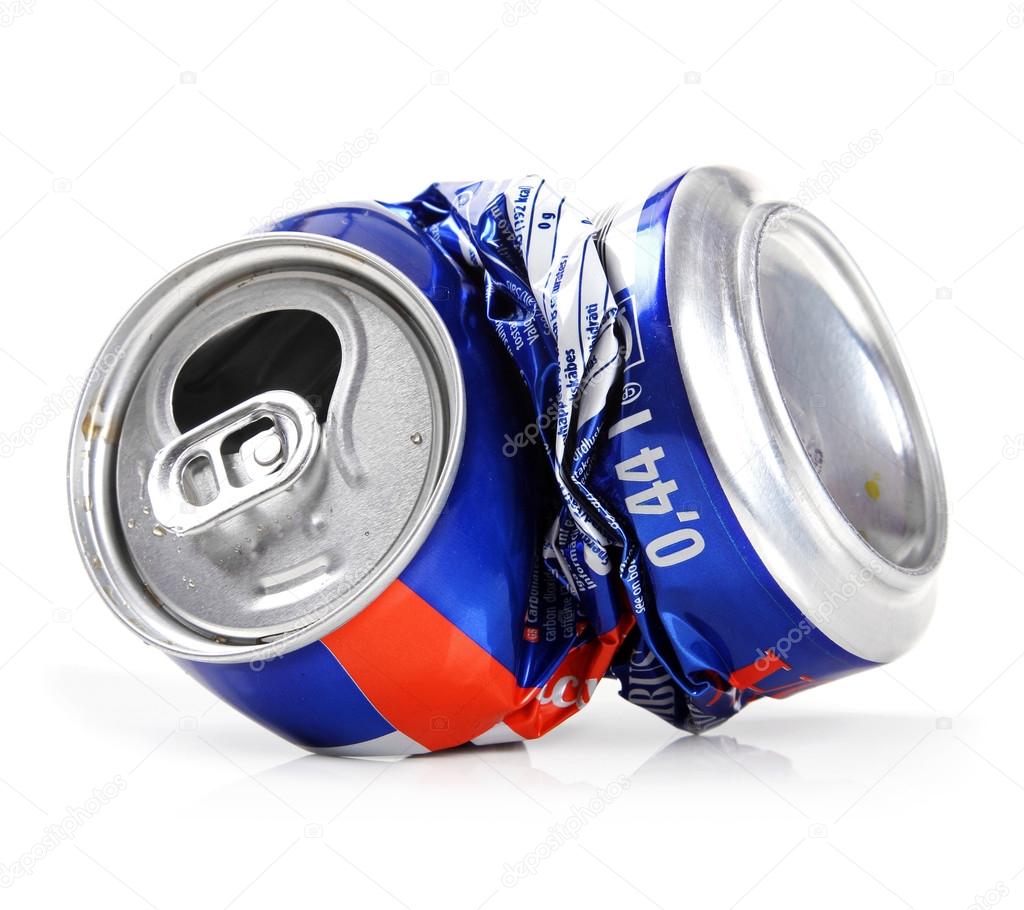
References
-
Metoprolol Monograph,
PubChem
-
Toprol XL prescribing Information,
AccessFDA
-
Lopressor Prescribing Information,
AccessFDA
To Crush or Not to Crush
There are multiple reasons for crushing tablets or capsule contents before administering medications, but there are numerous medications that should not be crushed. These medications should not be chewed, either, usually due to their specific formulations and their pharmacokinetic properties.1 Most of the no-crush medications are sustained-release, oral-dosage formulas. The majority of extended-release products should not be crushed or chewed, although there are some newer slow-release tablet formulations available that are scored and can be divided or halved (e.g., Toprol XL).
These medications should not be chewed, either, usually due to their specific formulations and their pharmacokinetic properties.1 Most of the no-crush medications are sustained-release, oral-dosage formulas. The majority of extended-release products should not be crushed or chewed, although there are some newer slow-release tablet formulations available that are scored and can be divided or halved (e.g., Toprol XL).
A common reason for crushing a tablet or capsule is for use by a hospitalized patient with an enteral feeding tube. A recent review in the American Journal of Health-System Pharmacy provides more details about administering medications in patients with enteral feeding tubes.2 Oral solutions can be used when commercially available and medically appropriate. If an oral solution or suspension is not available, the hospital pharmacy should be consulted to determine if a liquid formulation of the product can be extemporaneously prepared. In some cases, after careful consideration of compatibility, stability, and drug absorption changes, an injectable formulation of a product may be used. You should always consult your hospital pharmacist for information on this modality of drug administration.
You should always consult your hospital pharmacist for information on this modality of drug administration.
Some patients have difficulty swallowing tablets or capsules; some dislike the taste. In these cases, crushing of medication for powdered delivery (to be mixed with food or beverages) should be considered. But beware of certain caveats, as not all medications are suitable for crushing. Generally, meds that should not be crushed fall into one of these categories:
- Sustained-release tablets, which can be composed of multiple layers for different drug release times, as can beads within capsules. Some of the more common prefixes or suffixes for sustained-release, controlled-release, or controlled-delivery products include: 12-hour, 24-hour, CC, CD, CR, ER, LA, Retard, SA, Slo-, SR, XL, XR, or XT.
- Enteric-coated tablets, which are formulated because certain drugs can be irritating to the stomach or are degraded by stomach acid. By enteric-coating tablets or capsule beads, the drug’s release can be delayed until it reaches the small intestine.
 Prefixes include EN- and EC-.
Prefixes include EN- and EC-.
Other medications have objectionable tastes and are sugar-coated to improve tolerability. If this type of medication is crushed, the patient would be subject to its unpleasant taste, which could significantly impair medication adherence. Additionally, both sublingual and effervescent medications should not be crushed because it will decrease the medication’s effectiveness.
Hospital Pharmacy publishes a wall chart that includes many of these types of formulations, along with their do’s and don’ts. If there is ever any doubt about the best way to administer a particular product or whether it can be halved or crushed, ask your pharmacist.3 TH
Michele B. Kaufman, PharmD, BSc, RPh, is a freelance medical writer based in New York City.
New Generics
- Stavudine capsules (generic Zerit)4
New Drugs, Indications & Dosage Forms
Cinryze, a C1 esterase inhibitor (human), is FDA-approved as a new orphan drug for routine prophylaxis against angioedema in patients with hereditary angioedema (HAE).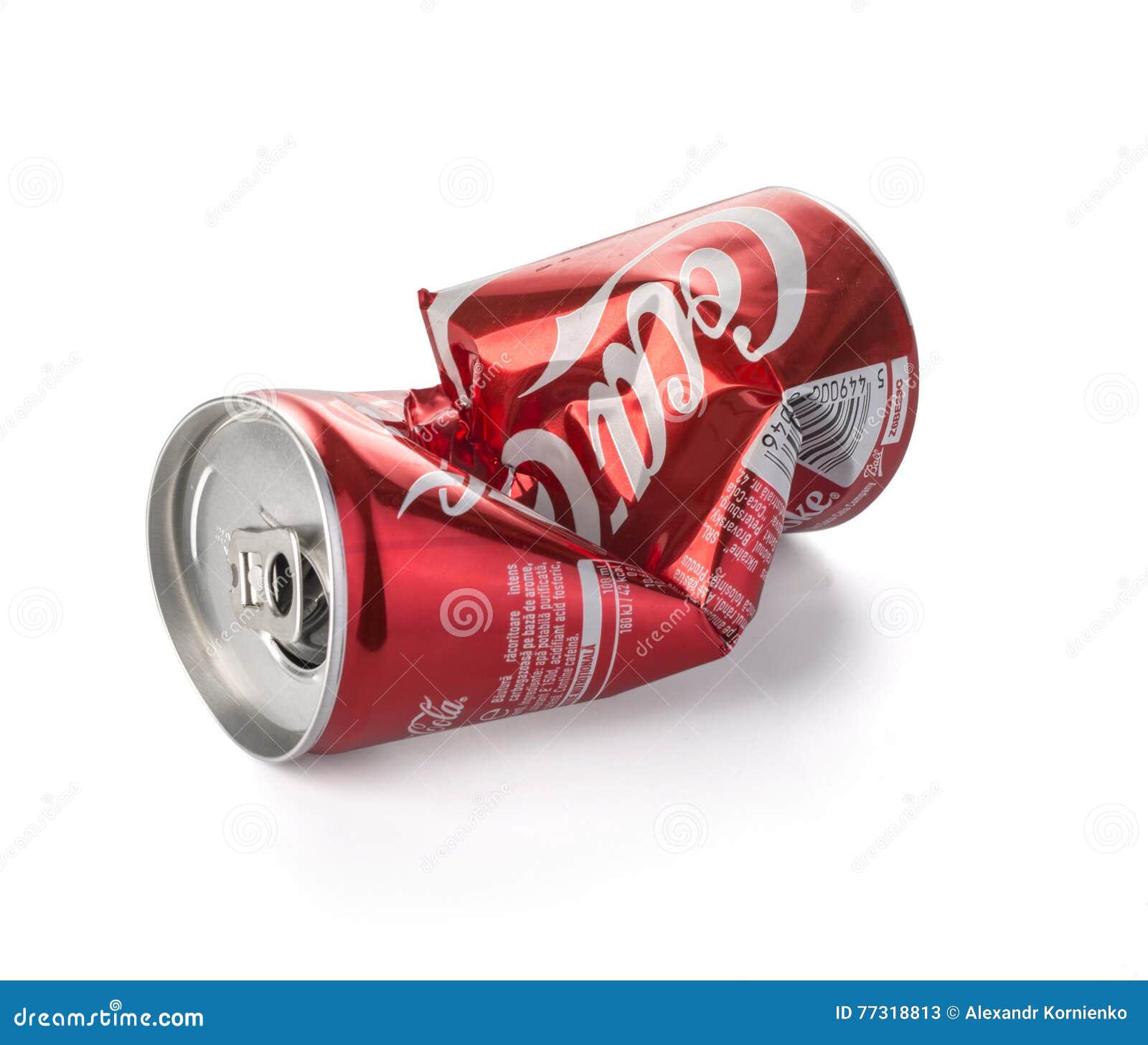 5 The drug is administered intravenously (IV) and can be administered every three to four days for routine HAE attack prevention, which can spontaneously occur during stress, surgery, or infection, and lead to rapid swelling of the hands, feet, limbs, face, intestinal tract, or airway.6
5 The drug is administered intravenously (IV) and can be administered every three to four days for routine HAE attack prevention, which can spontaneously occur during stress, surgery, or infection, and lead to rapid swelling of the hands, feet, limbs, face, intestinal tract, or airway.6
Granisetron 3.1mg/24-hour transdermal patch (Sancuso) is FDA-approved for preventing nausea and vomiting in adults receiving moderate or high-chemotherapy regimens for up to five consecutive days.7 To dose the patch, apply it to a clean, dry area of intact healthy skin on the upper outer arm 24 to 48 hours before chemotherapy, and remove it at least 24 hours after chemotherapy has been completed. A patch may be worn for up to seven days. They should not be cut.
Hydrocodone bitartrate 10-mg/chlorpheniramine 8-mg (Tussicaps) is FDA-approved as a Schedule III controlled substance as an antitussive/antihistamine combination.8 Adult dosage is one capsule every 12 hours.
Lacosamide (Vimpat) is FDA-approved for add-on therapy in patients ≥17 years with uncontrolled, partial-onset seizures.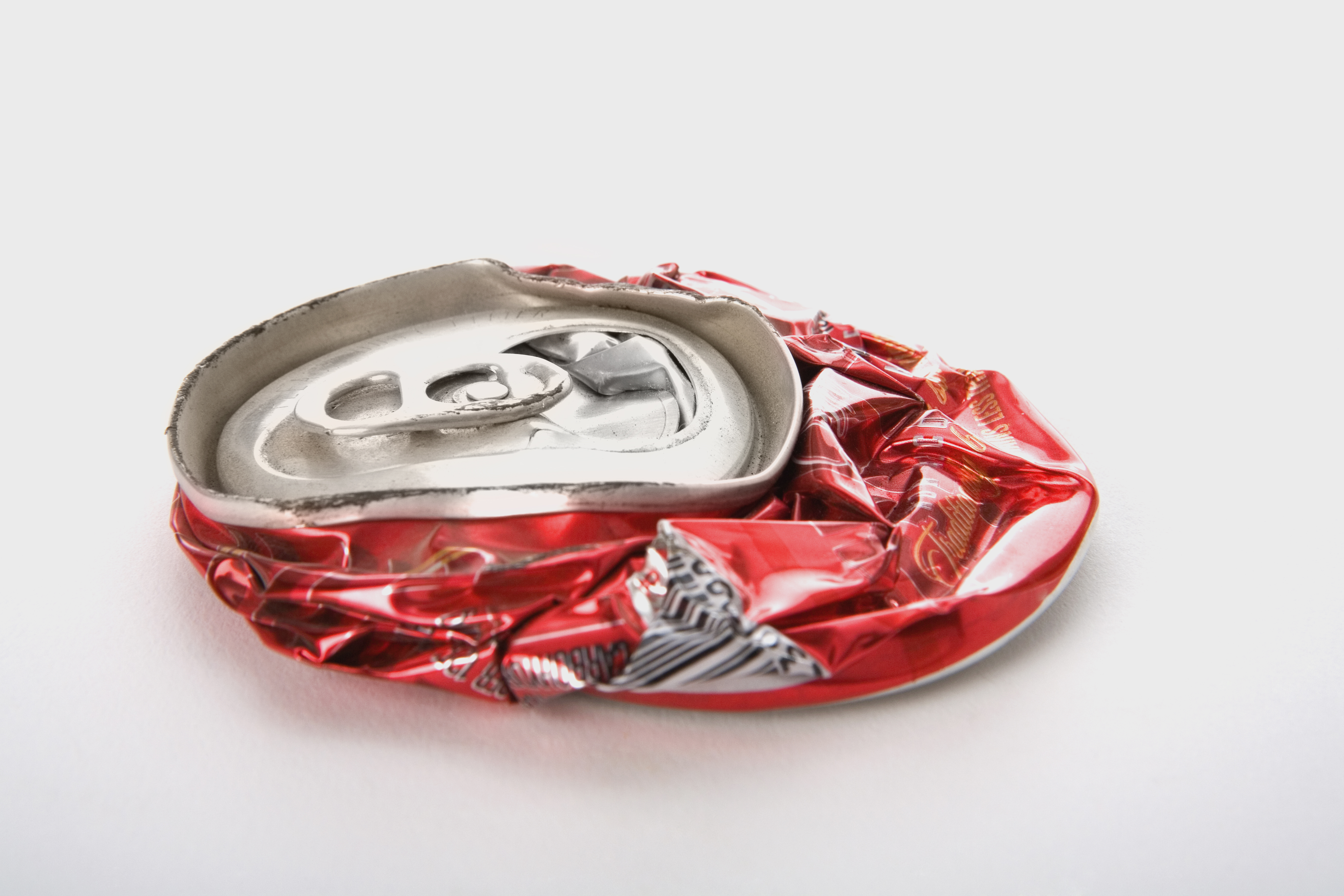 11 The starting dose is 50 mg twice daily and may be increased to a daily dose of 200-400 mg as two divided doses. The most common adverse reactions in clinical trials were diplopia, headache, dizziness, and nausea. Both the oral tablets and the IV infusion are bioequivalent.
11 The starting dose is 50 mg twice daily and may be increased to a daily dose of 200-400 mg as two divided doses. The most common adverse reactions in clinical trials were diplopia, headache, dizziness, and nausea. Both the oral tablets and the IV infusion are bioequivalent.
Mesalamine extended-release 0.375-gm capsules (Apriso) is FDA-approved for once-daily dosing for the maintenance of remission of ulcerative colitis.9 Mesalamine is a local-acting aminosalicylate. The recommended dose is four capsules (1.5 g/day) in the morning with or without food. Because release of the active drug is pH-dependent, it should not be administered with antacids.
Ranolazine (Ranexa) is FDA-approved as an initial treatment for chronic angina.10 It can be used as monotherapy, in combination with beta blockers, or with other drugs.
Quetiapine extended-release tablets (Seroquel XR) are FDA-approved to treat depressive episodes in bipolar disorder, manic and mixed episodes in bipolar I disorder, and the maintenance treatment of bipolar I disorder as adjunct therapy to lithium or divalproex.

 Prefixes include EN- and EC-.
Prefixes include EN- and EC-.